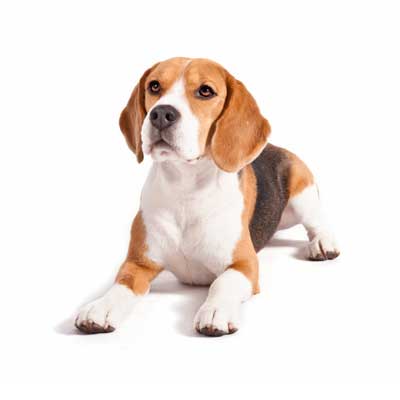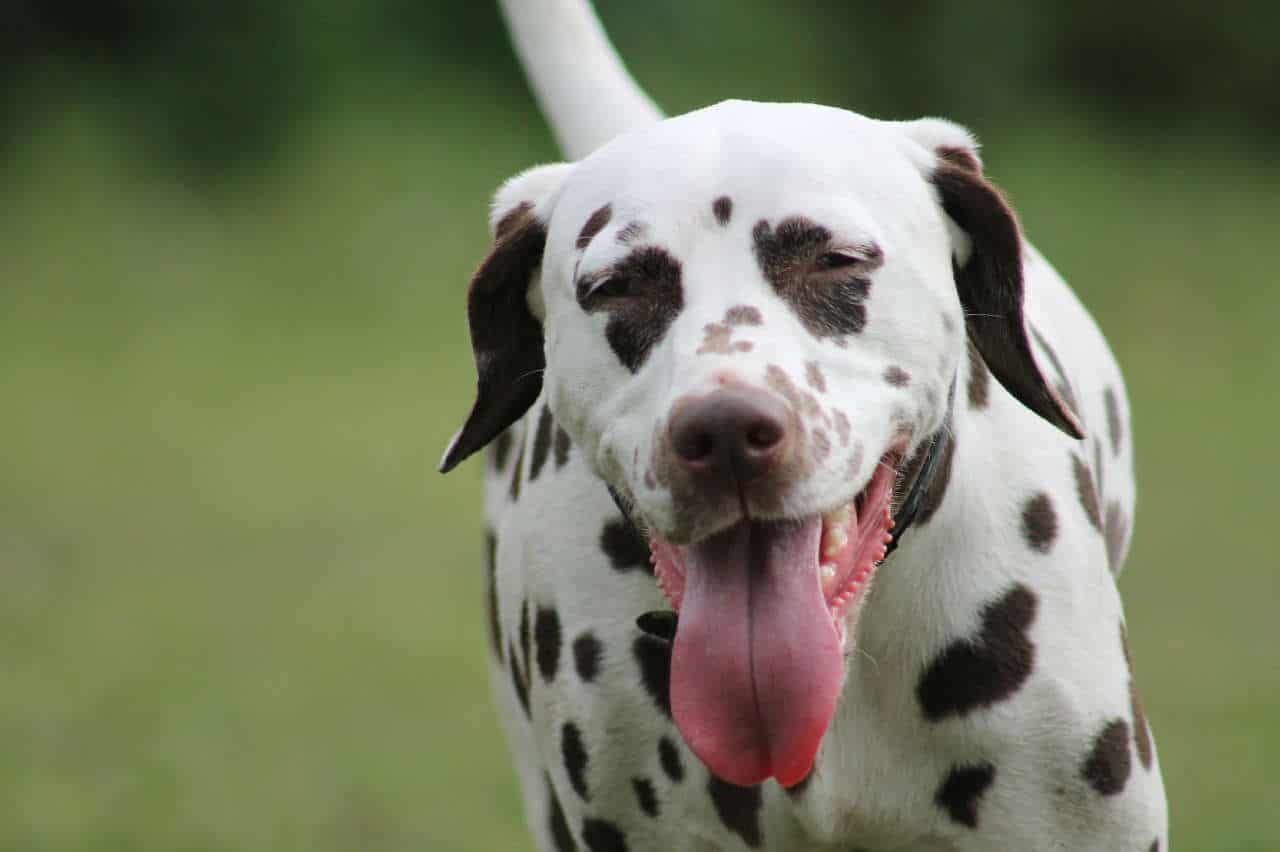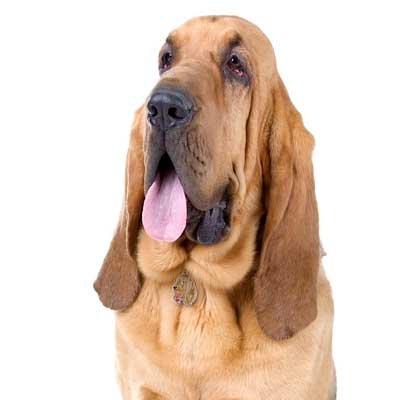Beagle
Extremely active, it is a breed that requires lots of exercise
The Beagle, said to have been bred down from the larger Foxhound to hunt with men on foot, preferably after the hare. He is still used in packs, very often organised by institutions, including colleges and schools.A bustling, eager little dog, full of enthusiasm and vigour, ever ready for any activity which involves him.Everything about the breed gives the impression of athleticism and there is no better sight than a Beagle pack in full pursuit, their heads down to the scent, their sterns up in rigid order as they concentrate on the chase.During the reigns of King Henry VIII and Queen Elizabeth I there were wirehaired Beagles, some of which were small enough to be carried in the pocket of a hunting jacket. Size has increased over the years but smaller versions of the breed, called ‘pocket Beagles’, are sometimes born.
-
Head
Fair length, powerful without being coarse, finer in the bitch,
free from frown and wrinkle. -
Head - cranial region
Skull: Slightly domed, moderately wide, with slight peak.
Stop: Well defined, dividing length, between occiput and tip of nose, as equally as possible. -
Head - facial region
Nose: Broad, preferably black, but less pigmentation permissible in lighter coloured hounds. Nostrils wide.
Muzzle: Not snipy.
Lips: Reasonably well flewed.
Jaws / Teeth: Jaws should be strong, with a perfect, regular and complete scissor bite, i.e. the upper teeth closely overlapping the lower teeth and set square to the jaws.
Eyes: Dark brown or hazel, fairly large, not deep set or prominent set well apart with mild appealing expression.
Ears: Long, with rounded tip, reaching nearly to end of nose when drawn out. Set on low, fine in texture and hanging gracefully close to cheeks. -
Neck
Sufficiently long to enable hound to come down easily to
scent, slightly arched and showing little dewlap. -
Body
Short in the couplings, but well balanced.
Topline: Straight and level.
Loin: Loins powerful and supple.
Chest: Let down to below elbow. Ribs well sprung and extending well back.
Underline and belly: Without excessive tuck-up. -
Tail
Sturdy, moderately long. Set on high, carried gaily but not
curled over back or inclined forward from root. Well covered with hair, especially on underside. -
Forequarters
Shoulder: Well laid back, not loaded.
Elbow: Firm, turning neither in nor out.
Forearm: Forelegs straight and upright well under the hound, good substance and round in bone, not tapering off to feet.
Metacarpus (Pastern): Short.
Forefeet: Tight and firm. Well knuckled up and strongly padded. Not hare-footed. Nails short. -
Hindquarters
Thigh: Muscular.
Stifle (Knee): Well bent.
Hock joint: Firm, well let down and parallel to each other.
Hind feet: Tight and firm. Well knuckled up and strongly padded. Not hare-footed. Nails short. -
Gait / Movement
Back level, firm with no indication of roll.
Stride free, long reaching in front and straight without high action; hind legs showing drive. Should not move close behind nor paddle nor plait in front. -
Coat / Hair
Short, dense and weatherproof. -
Coat / Colour
Tricolour (black, tan and white); blue, white and tan;
badger pied; hare pied; lemon pied; lemon and white; red and
white; tan and white; black and white; all white.
With the exception of all white, all the above mentioned colours can be found as mottle. No other colours are permissible. Tip of stern white. -
Size
Desirable minimum height at the withers 33 cms.
Desirable maximum height at the withers 40 cms. -
Faults
Any departure from the foregoing points should be considered a fault and the seriousness with which the fault should be regarded should be in exact proportion to its degree and its effect upon the health and welfare of the dog and on its ability to perform its traditional work. -
Disqualifying faults
• Aggressive or overly shy
• Any dog clearly showing physical or behavioural abnormalities.
N.B.:
• Male animals should have two apparently normal testicles fully descended into the scrotum.
• Only functionally and clinically healthy dogs, with breed
typical conformation should be used for breeding.






